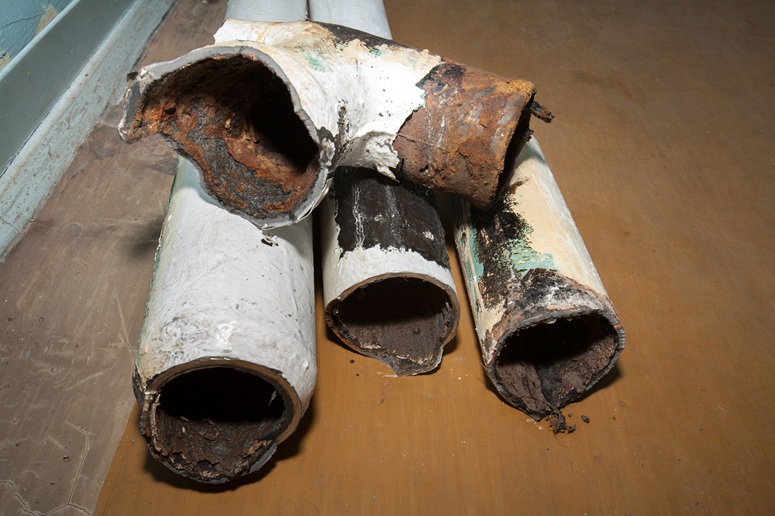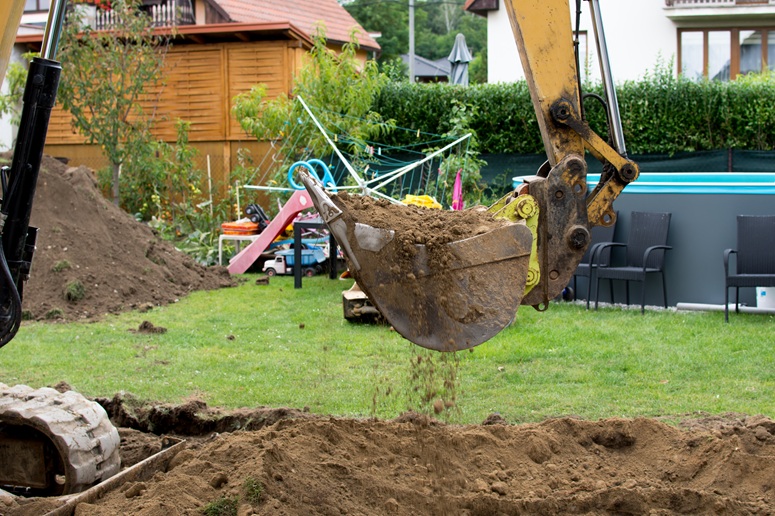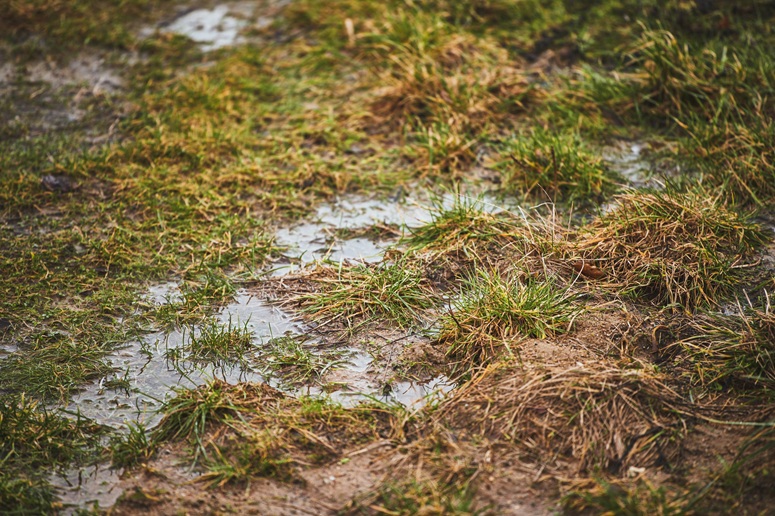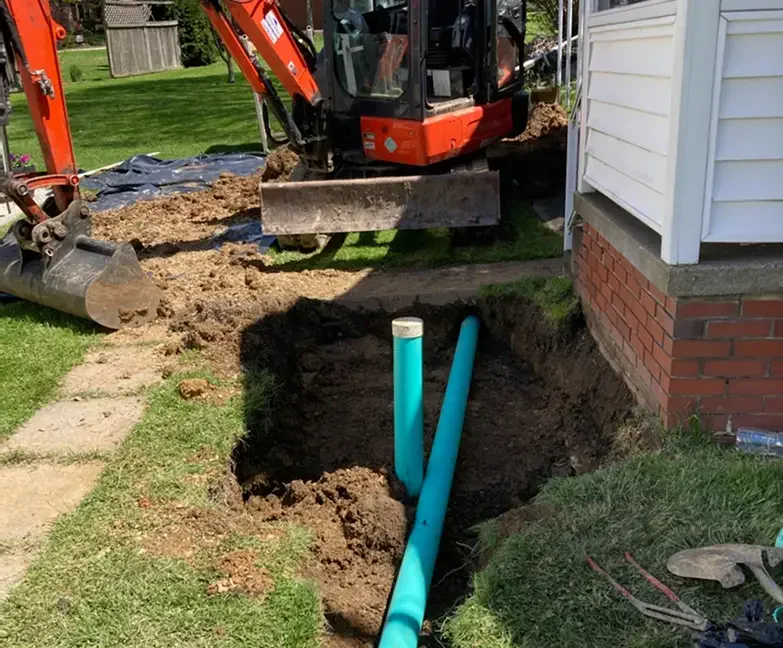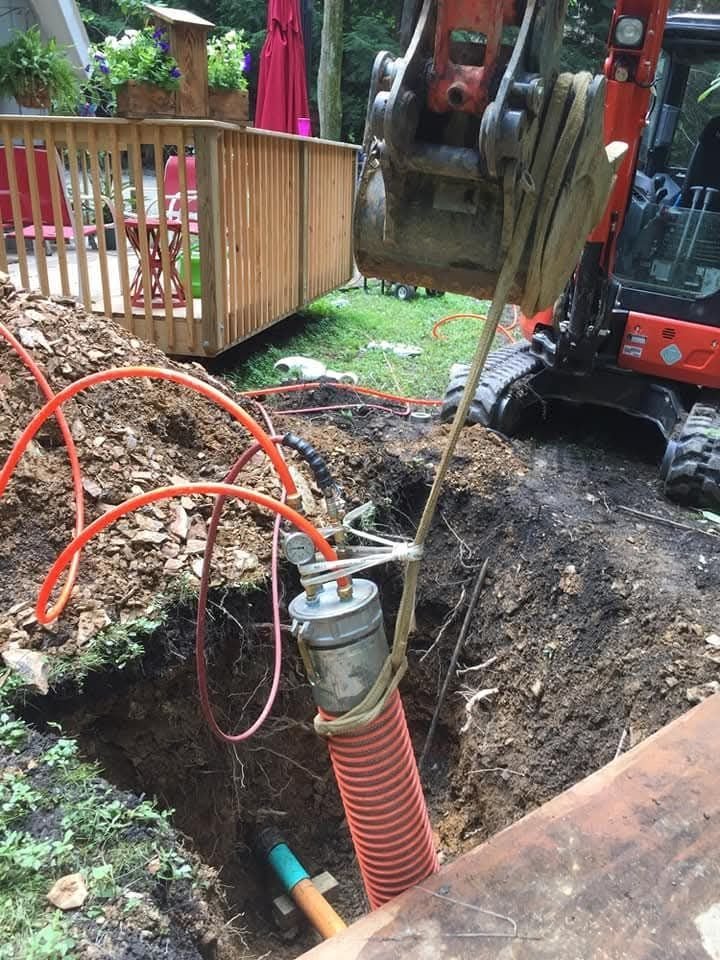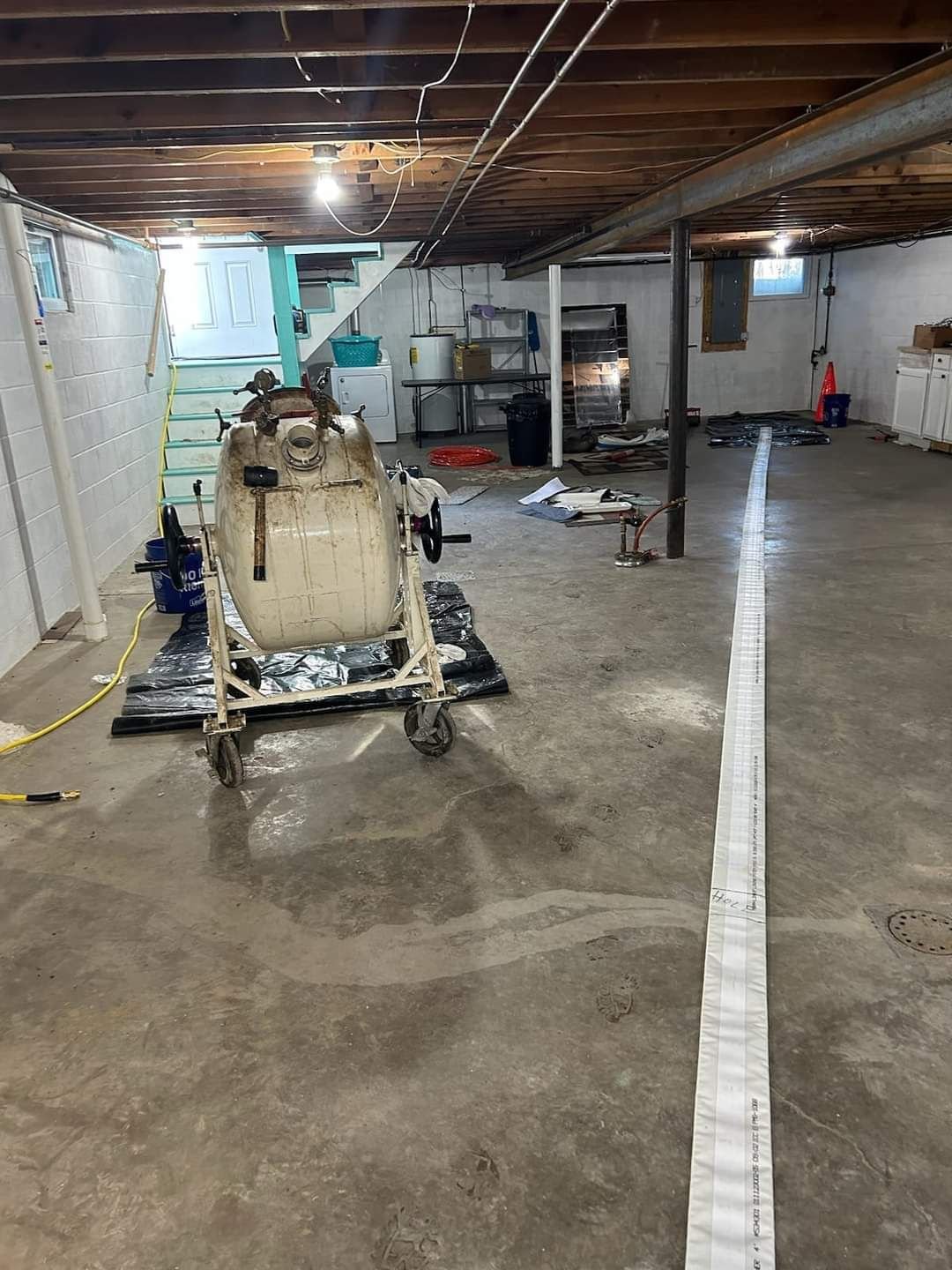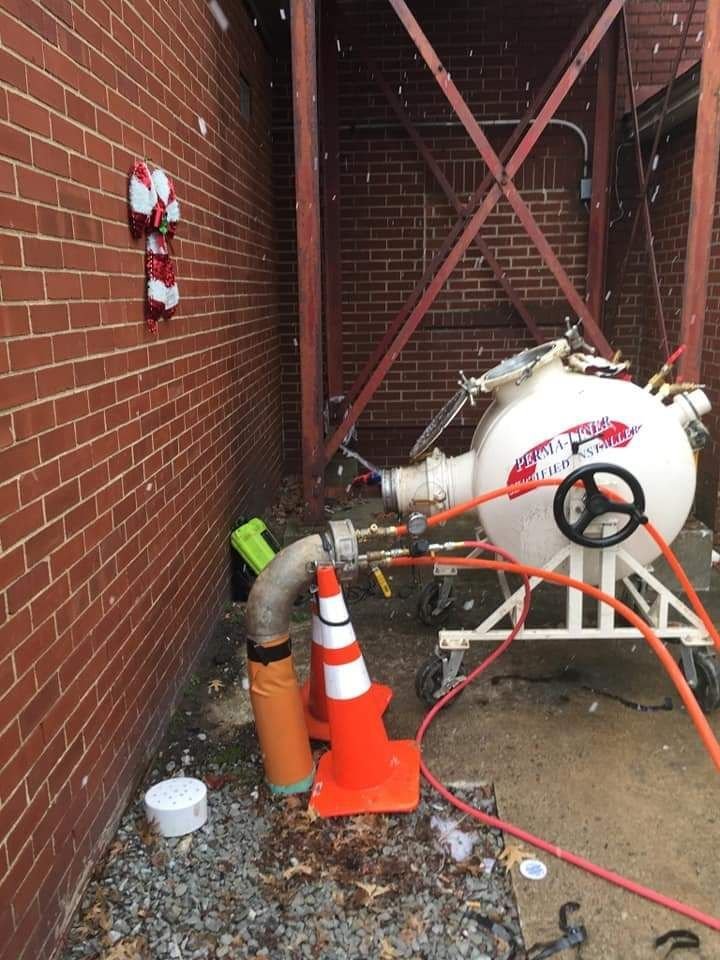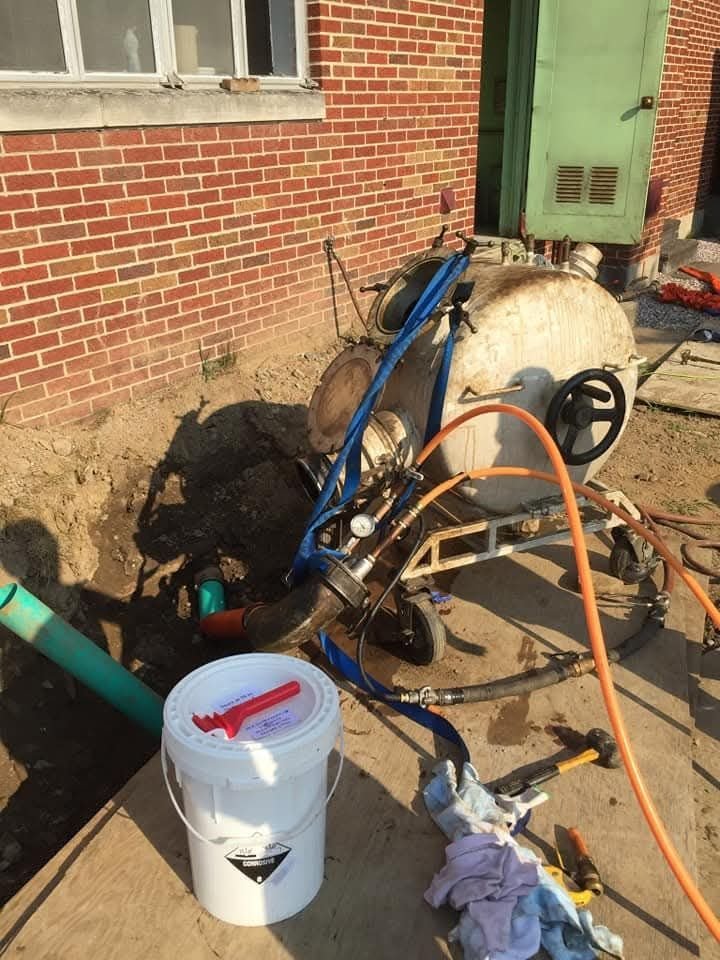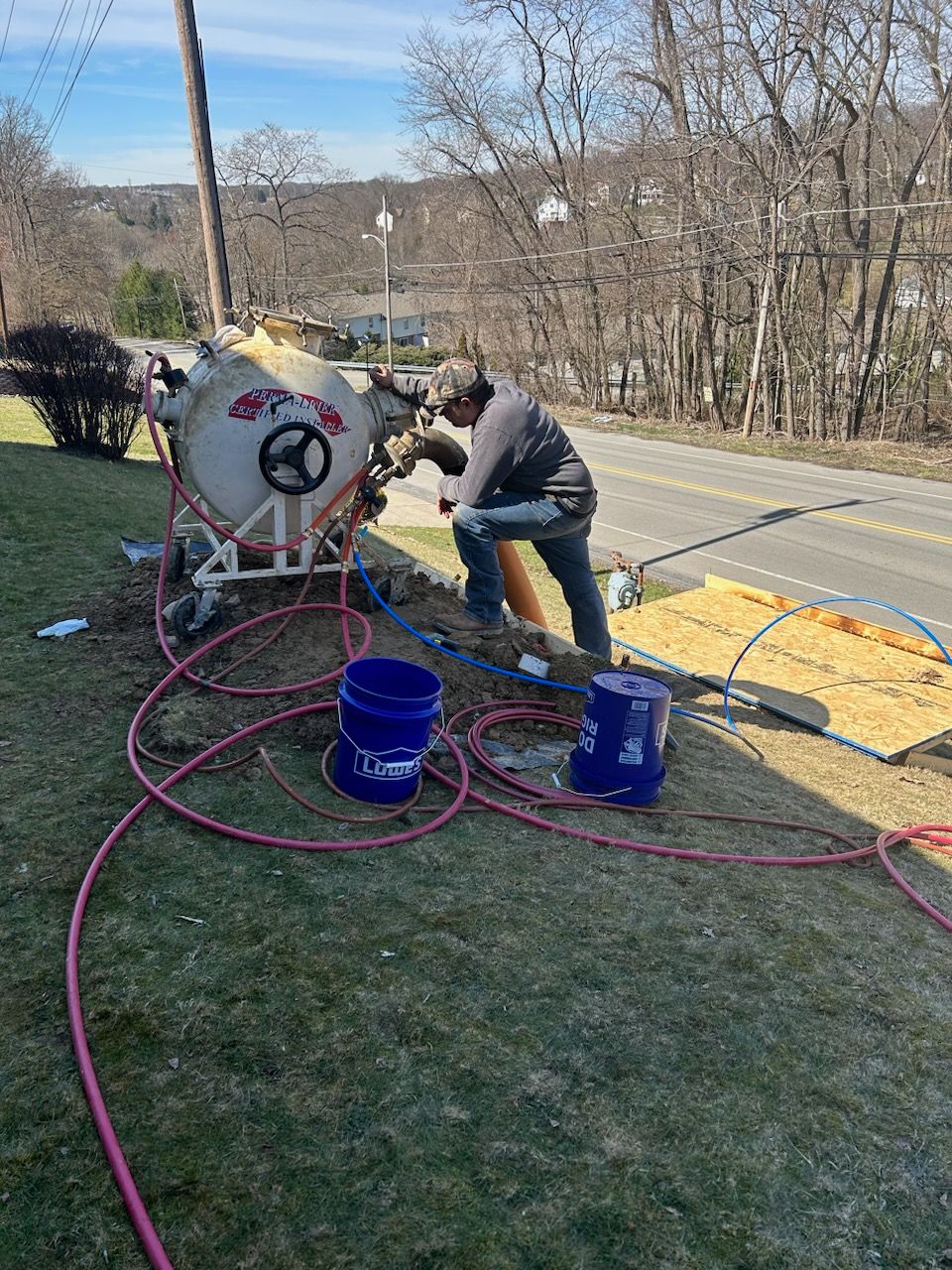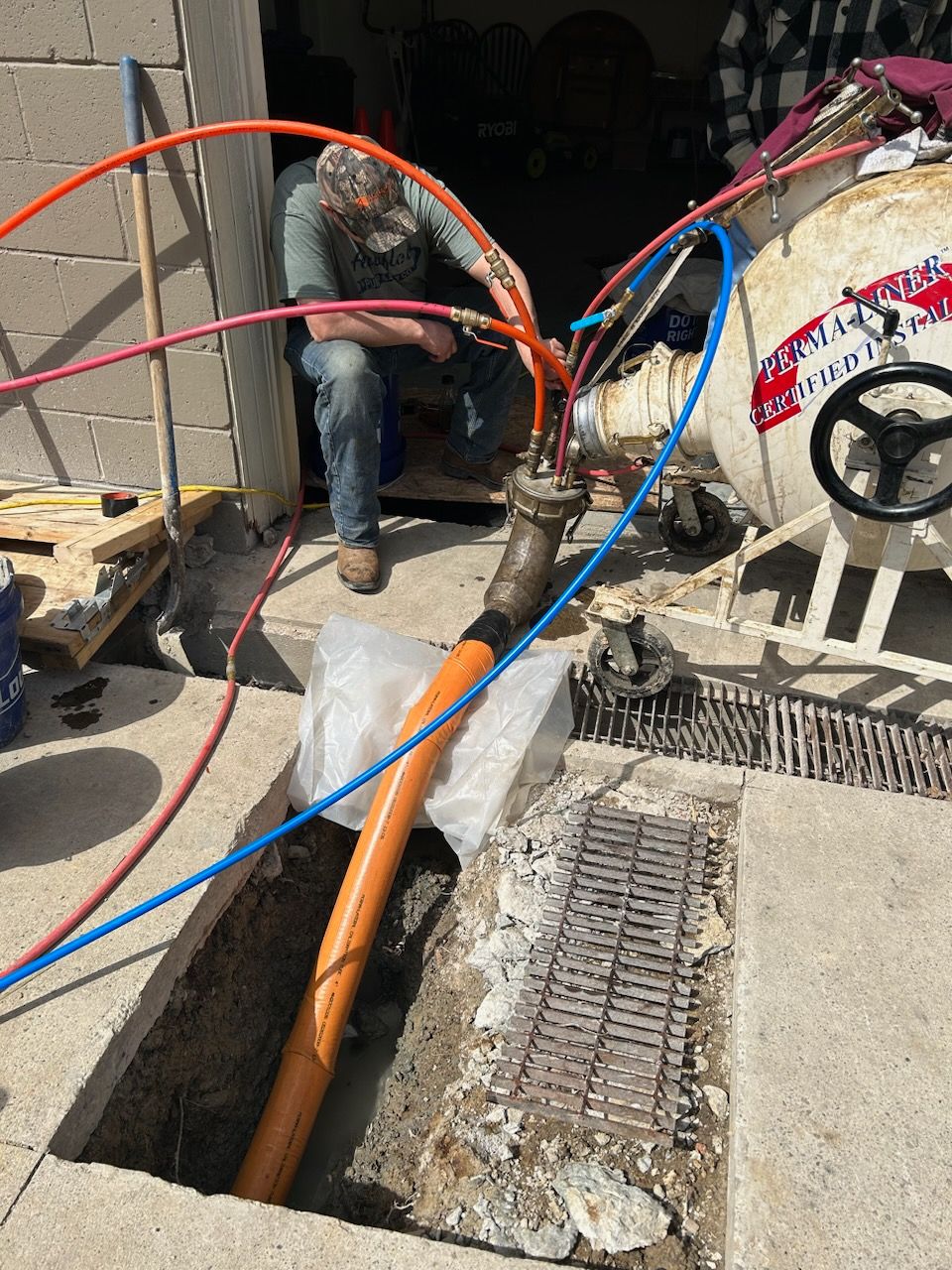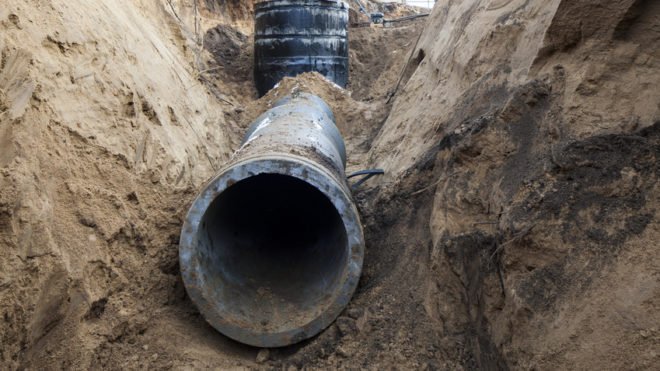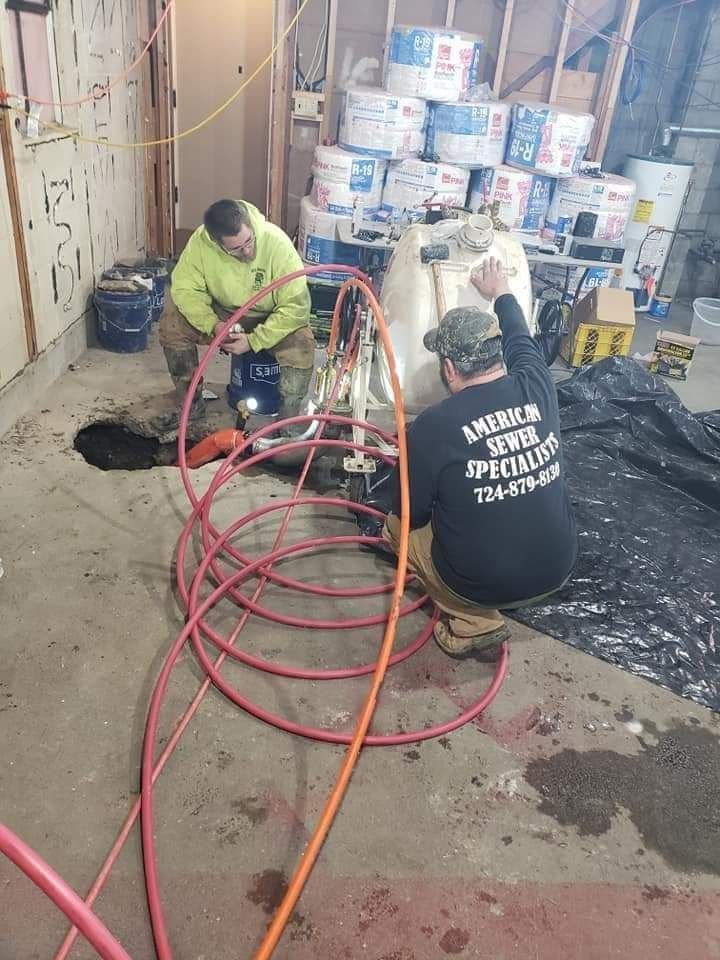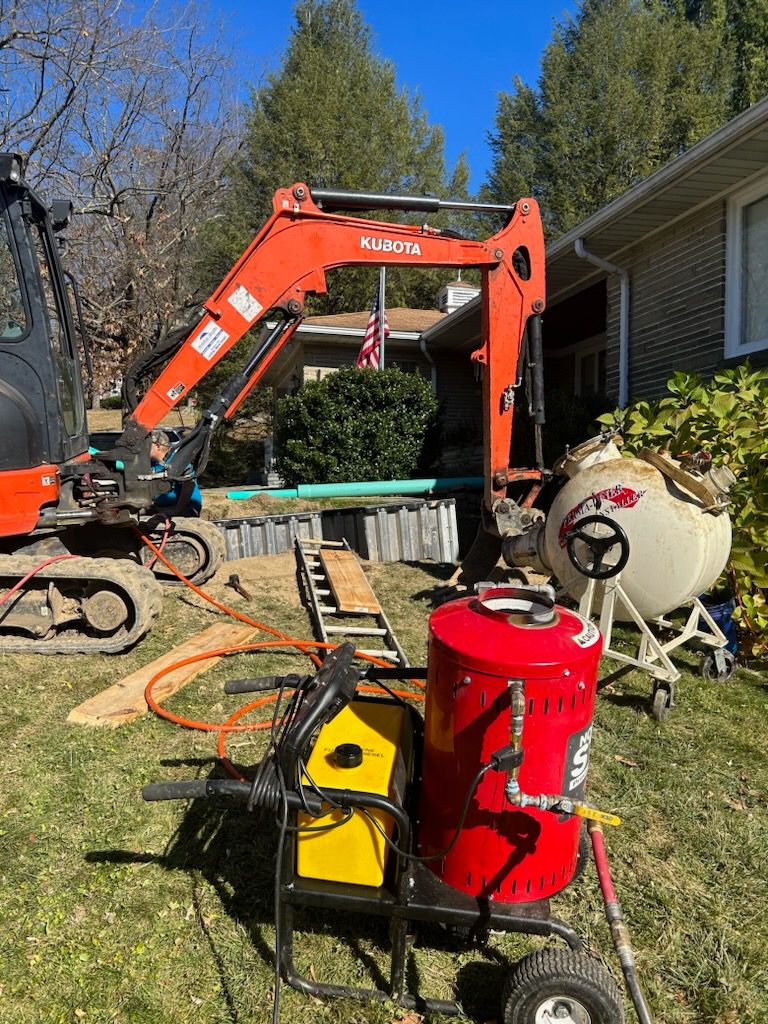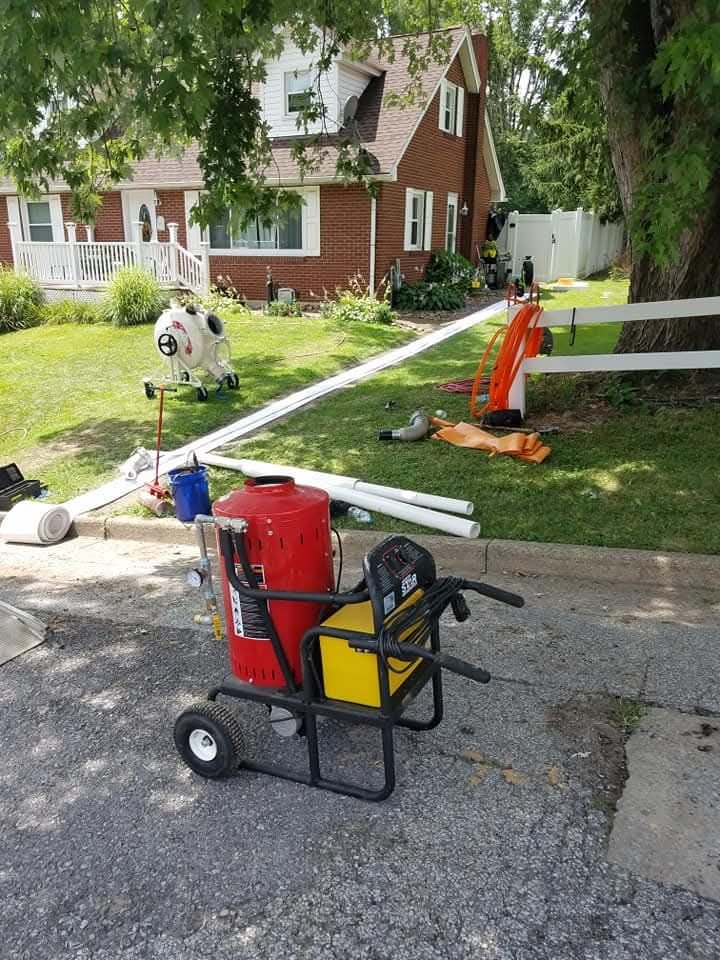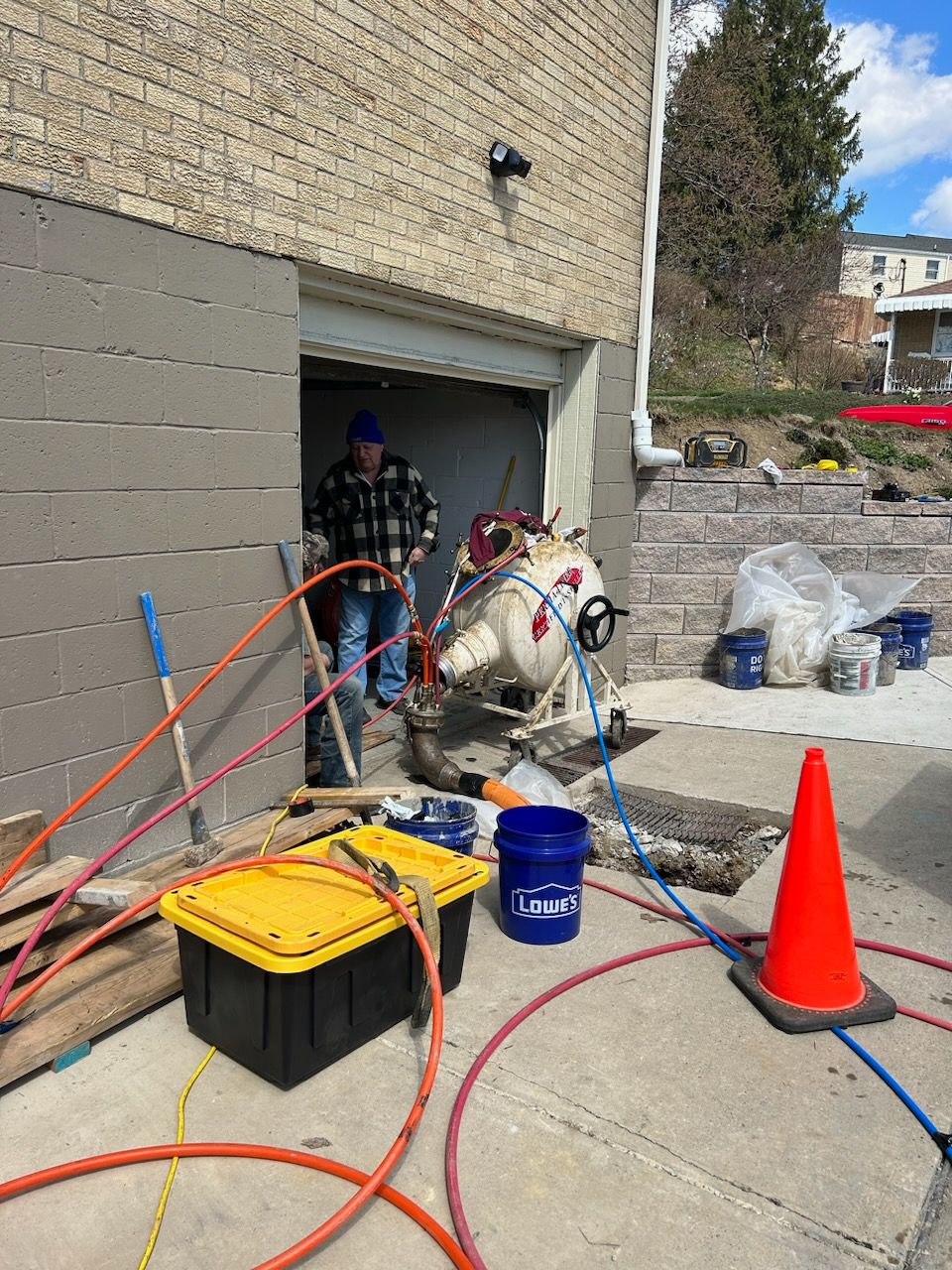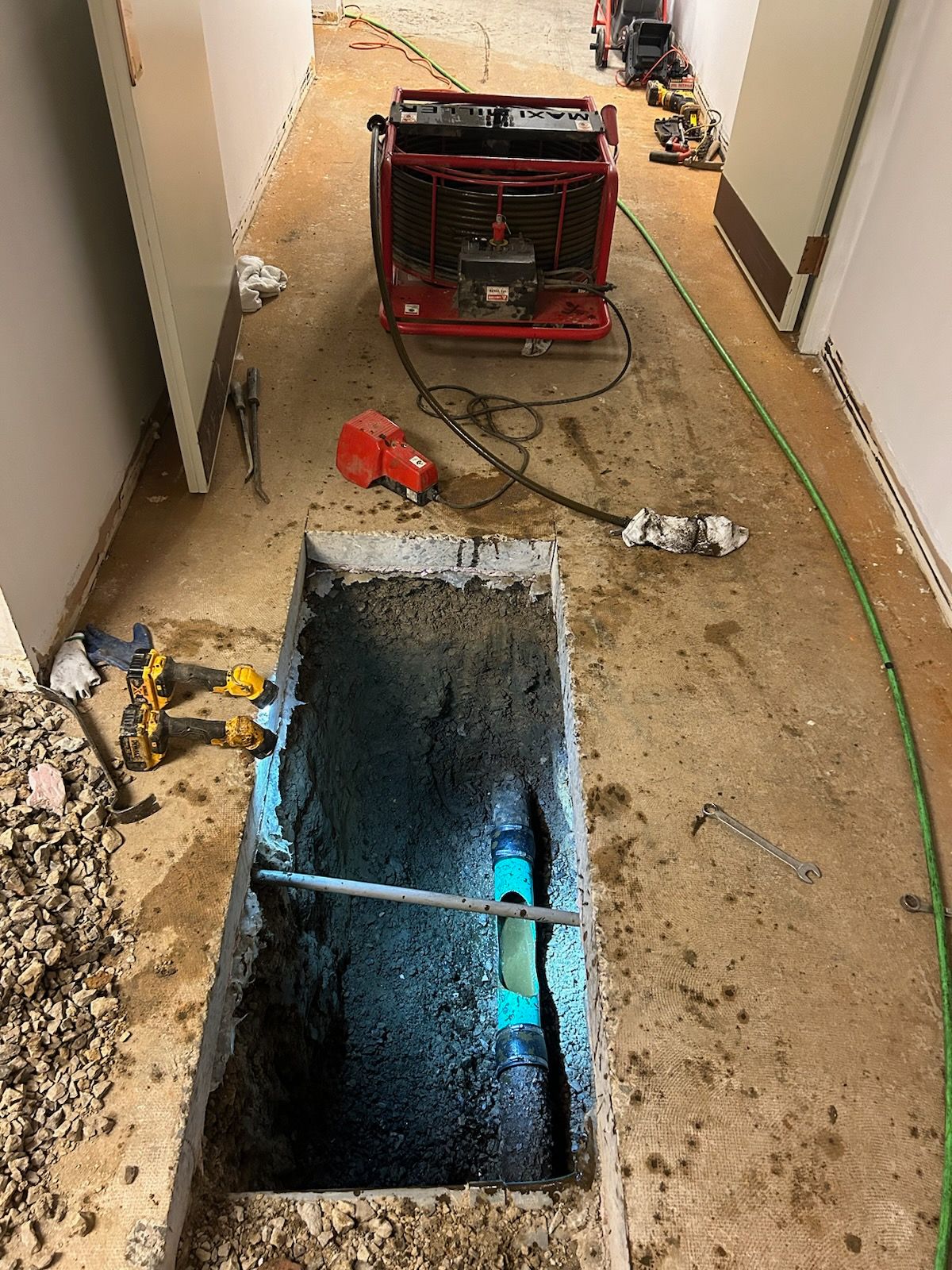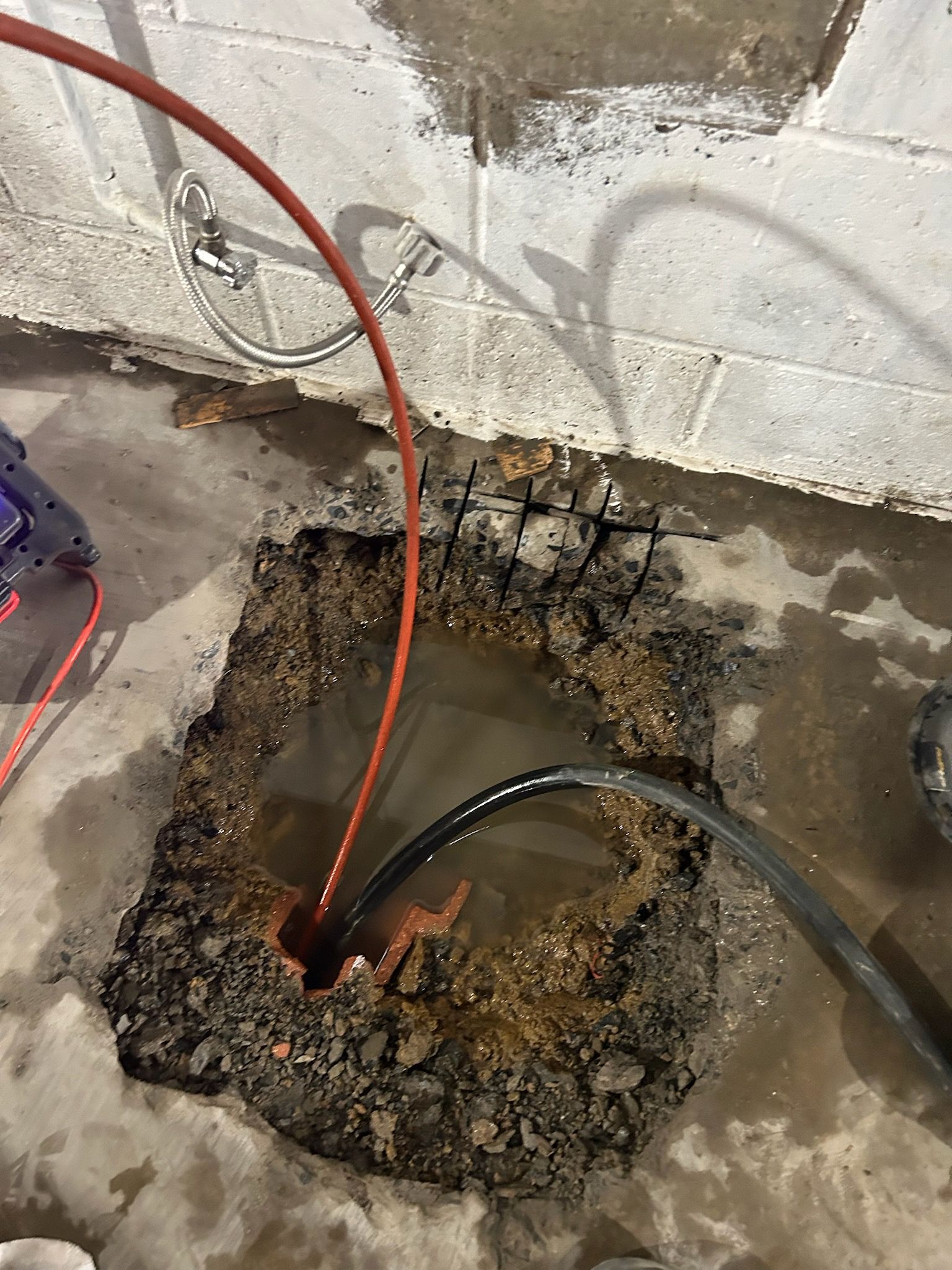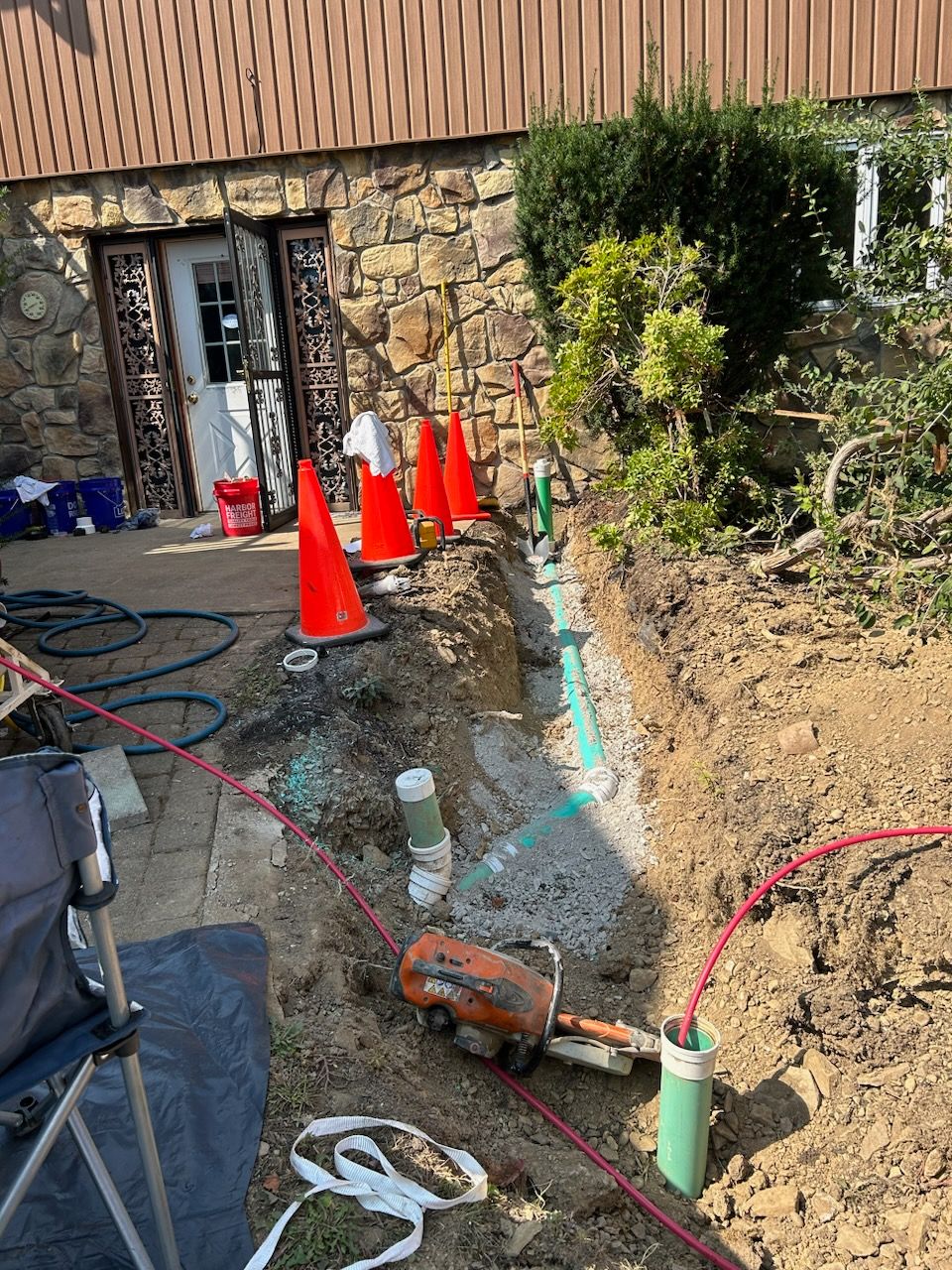From dishwater to toilet flushes, the average American uses roughly 88 gallons of water every single day. The easiest way to ensure none of that water comes back up (or brings a foul smell to the sanctity of your home) is to learn more about it. Knowledge is power, so when you understand how your septic tank works, you’ll be able to do your best to prevent it from turning against you.
Septic tanks can be defined simply as underground wastewater treatment structures, most commonly utilized in rural areas where access to centralized sewer systems is limited. By combining nature with technology, they’re able to treat wastewater — those 88 gallons a day — in a clean and efficient way. The typical septic system is comprised of two parts: the tank itself and a drainfield, also known as a soil absorption field.
This is where it gets a little gross. The tank digests organic matter and separates it into three layers: floatable matter (like oils and grease) known as scum, wastewater, and solid wastes. The liquid wastewater (known as effluent) is then discharged from the tank to a series of perforated pipes buried in a leach field — the drainfield — where it is slowly released into the soil.
The field where all this effluent ends up is a shallow, covered excavation made in unsaturated soil. The soil acts as a natural filter, treating and dispersing the wastewater as it percolates through and ultimately discharges to groundwater. This process removes harmful coliform bacteria (a type of bacteria that predominantly inhabits the intestines of humans), viruses, and nutrients. Since it’s vital that we not come into physical contact with coliform bacteria at the risk of becoming very sick, septic systems provide a safe way to dispose of our waste.
This system, though not overly complicated, is subject to failure if you don’t play your role as a responsible homeowner; the best way to care for septic tanks and avoid septic tank repair is routine and thorough maintenance. For example, you should have your tank cleaned every three to five years in addition to employing the use of camera inspections to ensure that no tree roots have made their way inside and its structural integrity is still solid.
Categories
Related Posts


